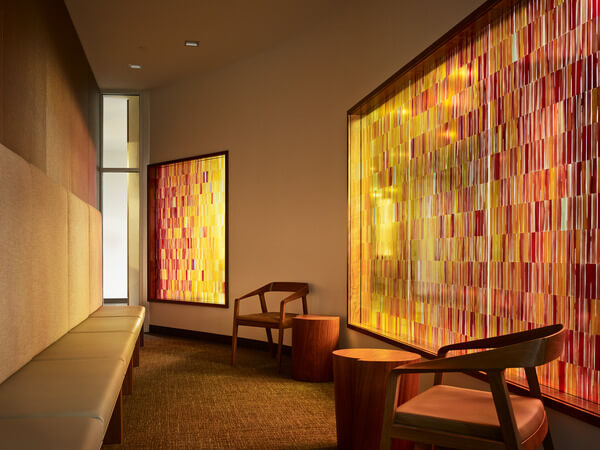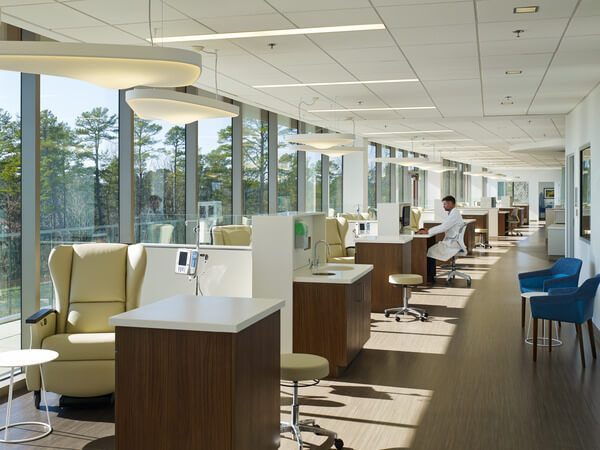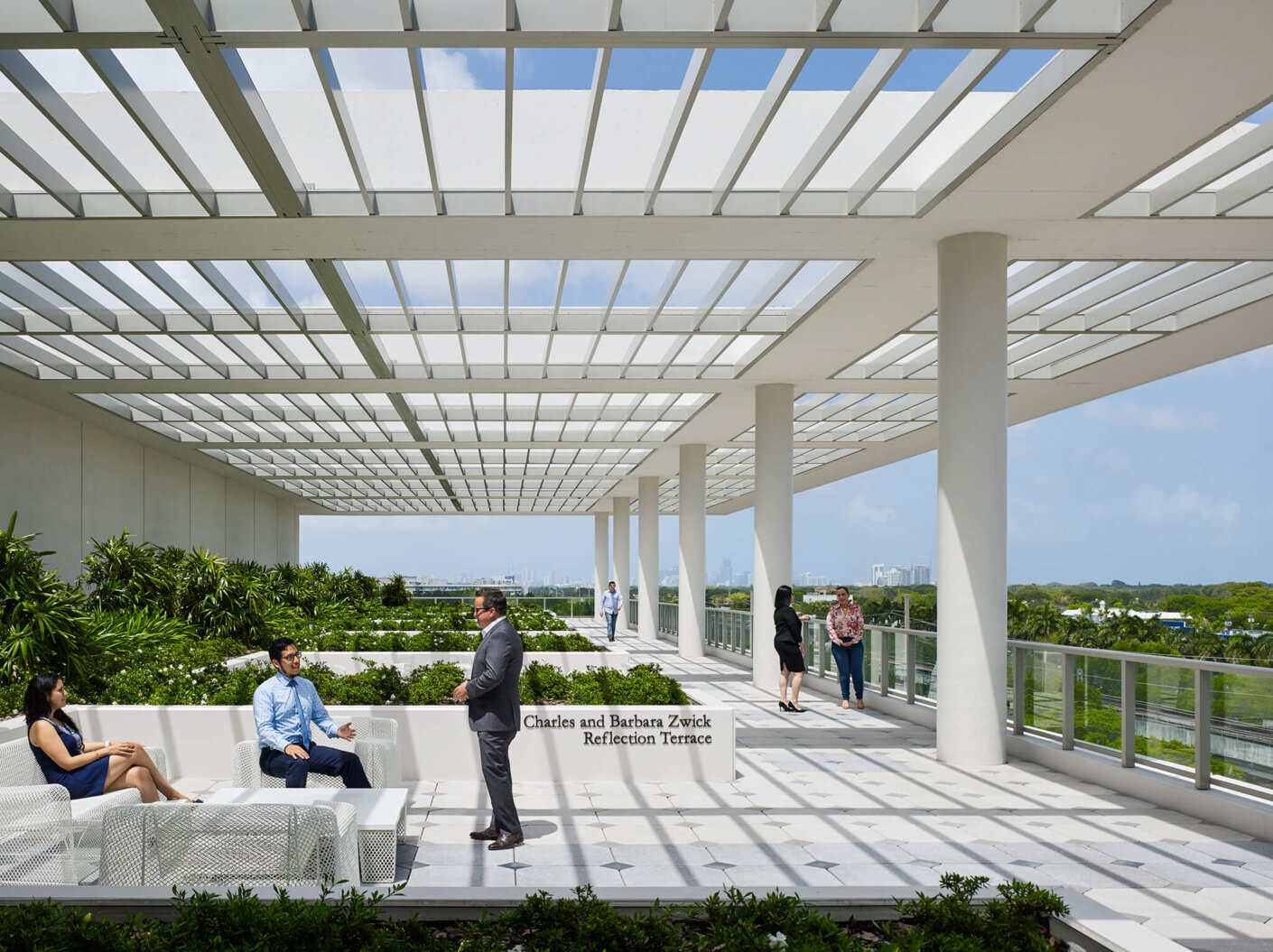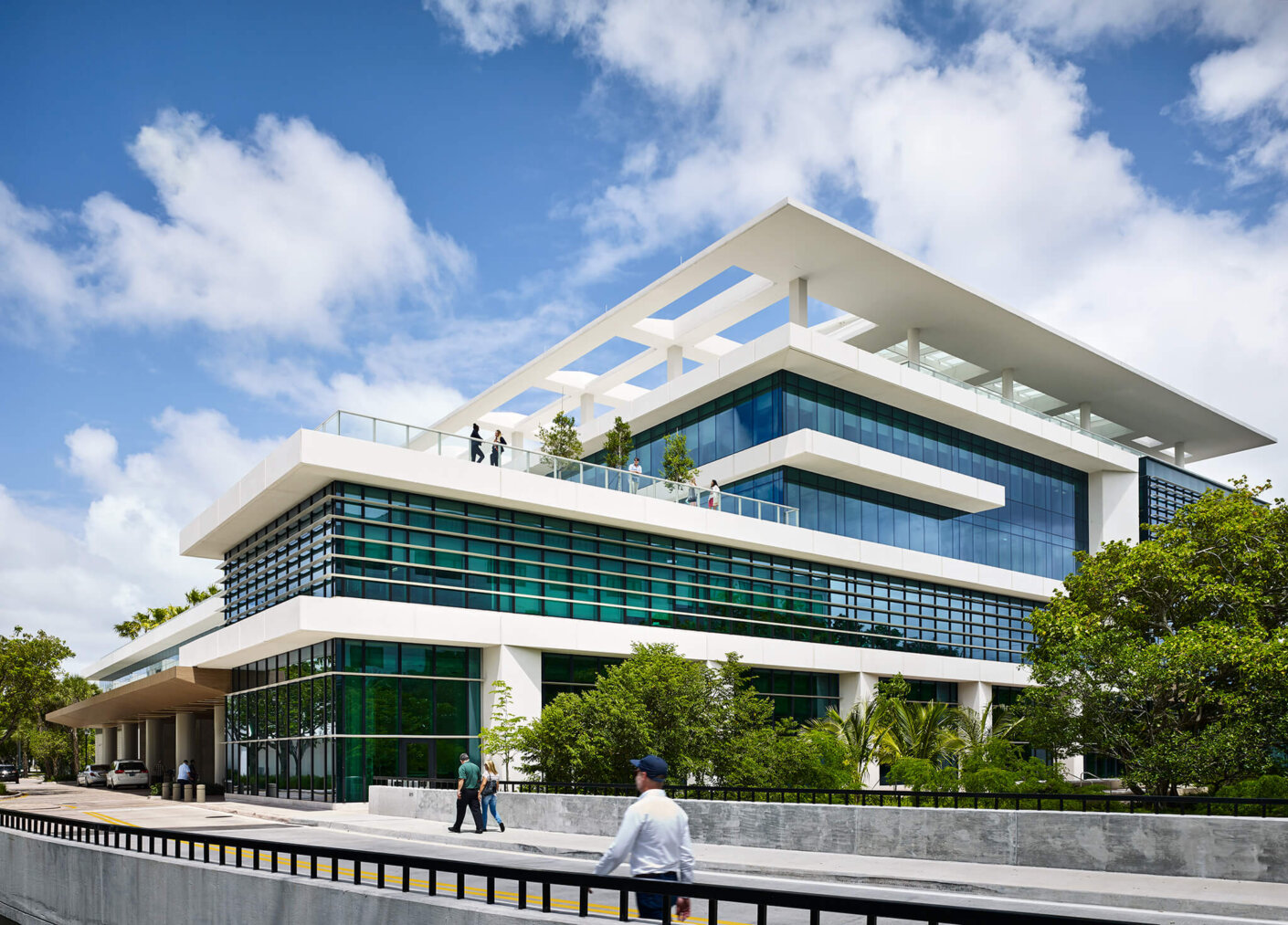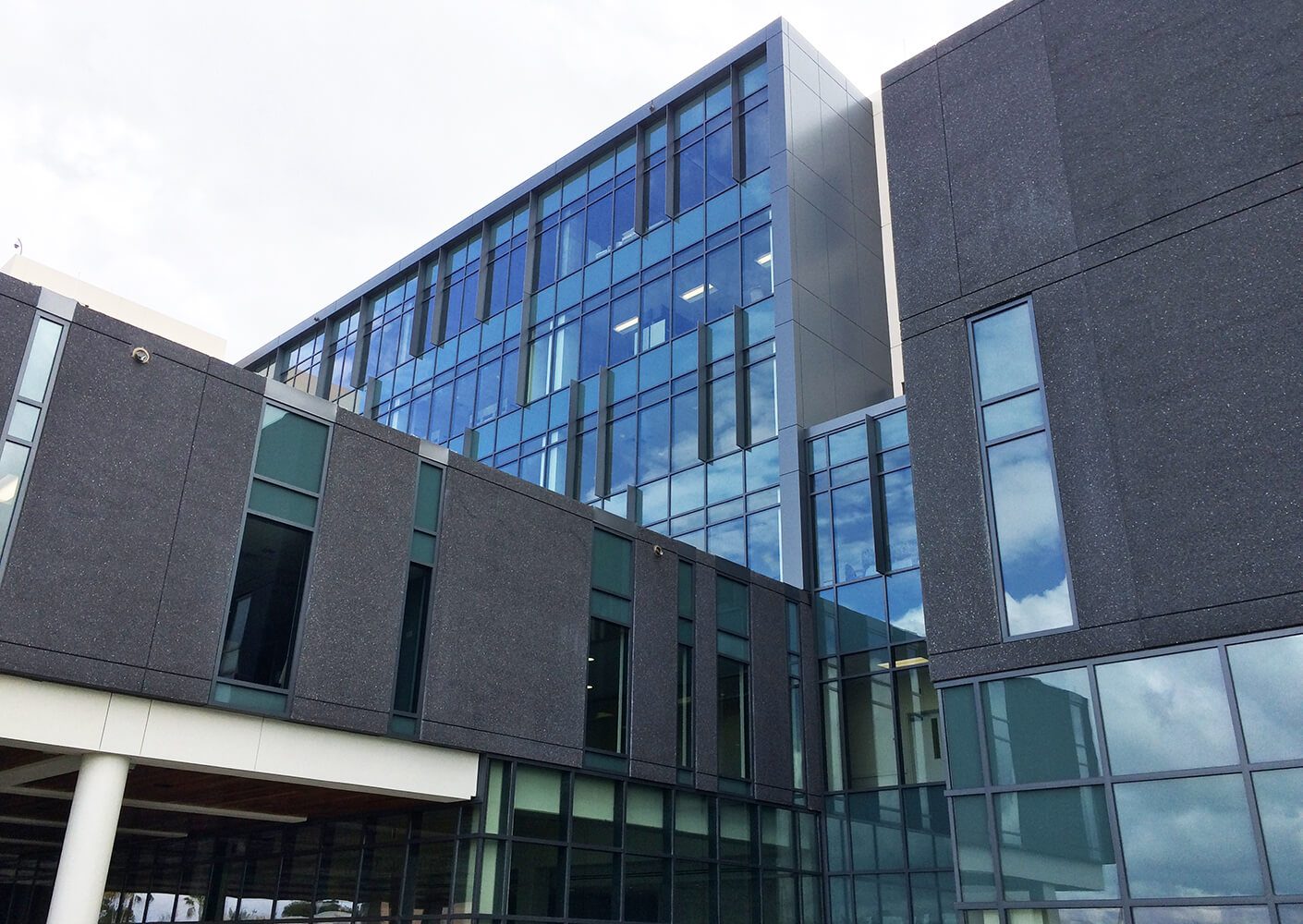
In February of 2008, Marvina Williams felt a lump. She began her career as a nurse, so when her mammogram results came back confirming breast cancer, Williams experienced the shift from caretaker to receiver. Becoming a patient herself meant she came to understand even more intimately those she had attended to every day. “When you hear that diagnosis, it’s like the rug is pulled out from right under you,” Marvina said. But, she knew above all that she was ready to move forward and fight, and with the support of her colleagues, she would never lose her spirit.
After receiving thorough and successful care—she’s now been cancer-free for 13 years—she was grateful, but also acutely aware of ways the caregiving experience could be improved. Her recovery, informed by her journey as a patient as well as her work as a Registered Nurse (RN), continues to help her in her role as a clinical operations specialist at Perkins&Will, a career that allows her to improve the spaces that cancer patients visit every day.
Interdisciplinary Spaces
Technology and advancements in cancer research have evolved since 2008, but Marvina observes that many people fighting cancer today are over 60, often have preexisting conditions that add to the complexity of their care. “Certain comorbidities mean that medical professionals must take a more holistic approach to care and consider a person’s entire health record,” she says.
One of her recent projects, CARTI Cancer Center in Little Rock, Arkansas, prioritized design to foster interdisciplinary thinking. Marvina envisioned a plan that encourages spontaneous interaction and enhanced collaboration between a wide range of health professionals, from the hands-on oncologists, radiologists, mental health support and even dieticians. Offering what Marvina calls a “one stop shop,” CARTI’s variety of expertise on-site streamlines the individual’s process by centralizing the flow of information and eliminating long commutes.
David Hays, M.D. Resident Oncologist at CARTI Cancer Center
An integral part of the new plan at CARTI was a focus on large gathering spaces with flexible configurations. Intended for both care and leisure, these rooms literally make space for the social and educational functions Marvina found integral to her own experience: Easily movable furniture and technology allow for audiovisual presentations, lectures, and workshops. This multi-purpose addition to the cancer care center fosters friendships and brings valuable information right to the patients’ front door. “Knowledge is power,” says Marvina. “Today’s patients are more informed, and therefore feel more empowered in their fight.”
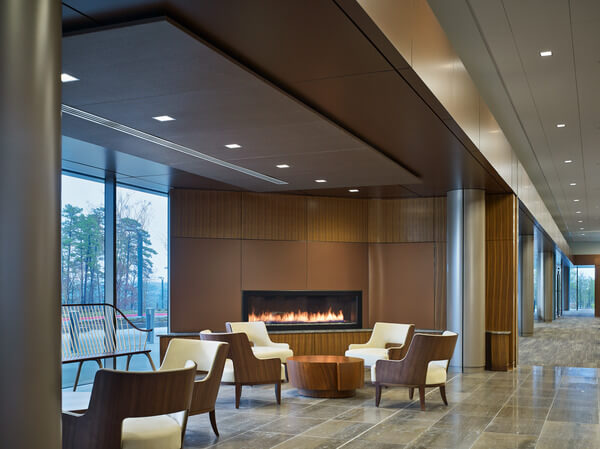
Privacy vs. Sociability
During treatment, people spend a lot of their time in clinics, following daily, weekly, and monthly routines. And as with anyone, some days are worse than others. There were times when Marvina herself felt particularly nervous, and wanted a private room for just herself. Other days, she had more pep in her step, and felt willing to offer positive energy to those around her in communal settings. Her designs today allow for this breadth of experience and mood, as Marvina leads teams that create customized spaces with mental health and sociability in mind.
This choice in interactivity also extends to the emerging trend of infusion space choice. We all know well the one-size-fits-all room type, with its well-thumbed magazines or children’s playmobiles. However, Marvina has spearheaded infusion room design that caters to a variety of levels of privacy people may need before seeing oncologists and specialists. She creates rooms for just patients and family as well as private ones, so that the anxiety or level of security requested can be accommodated in a more customized way.
Uplifting Views, Integrating Nature
“My infusion center looked out onto a parking lot,” Marvina recalls. “I spent dozens of hours in that room and other specialized care spaces, so I became acutely aware of the value of natural views, daylight, and amenities, or lack thereof, of each one.” Studies have repeatedly shown the benefits on both mental health and physical healing that access to nature and light offer. Cancer is no exception. Here again, choice is an empowering factor in Marvina’s work. At the Lennar Foundation Medical Center at UHealth Gables, a key component of the project is a sprawling rooftop garden that serves as a place of relaxation and connection, but also as an open-air physical therapy center. Access to this lush landscape is an asset for all at Lennar, but it also plays a key role in project’s environmental commitment: The green roof contributes to an overall LEED silver certification, too.
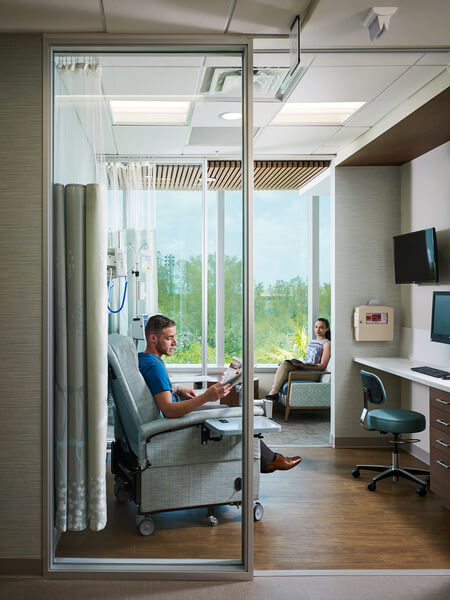
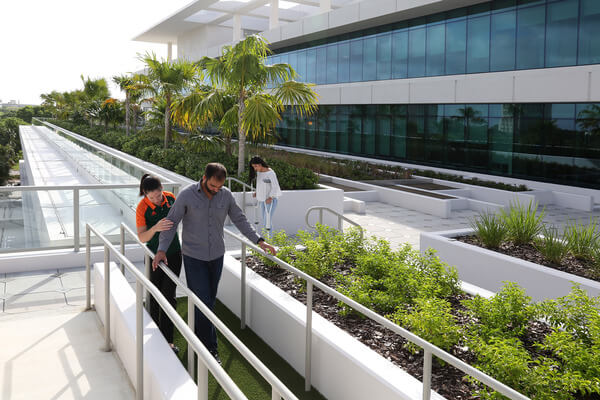
Ease and Accessibility
Hospitals can be hectic places, with many different wings and corridors to navigate between point A and point B. So, alleviating accessibility challenges through thoughtful wayfinding strategies through smart branding strategies is a focus Marvina is putting front and center. Simple details like large-font signage or thoughtful color palettes can ensure people can quickly and easily visit their doctors, without the stress of impeded mobility or long distances between a car and caregiving.
The design for Moffitt Cancer Center met this challenge by choosing to be built separately from the rest of the medical campus, seizing the opportunity for a space uniquely for cancer patients and their specific needs. “Each floor is designed to prioritize and streamline pedestrian flow, minimizing walking distances between offices as well as the parking lot,” says Marvina. The team was able to achieve this by relocating the mechanical support machines outside of the building entirely. By innovating to prioritize the patients and people within, the result is a beautiful façade with custom interiors and ease of transit to, from, and within.
So much of what Marvina longed for during her treatment was choice—and the empowerment and independence that choice offers at a time when it’s so easy to feel out of control. For her part, Marvina found solace in her favorite lounger, seeing her own nurse smile, and having quiet moments with her loved ones. Choice, she believes, is integral to a positive patient experience, and something she creates space for in her work every day.
